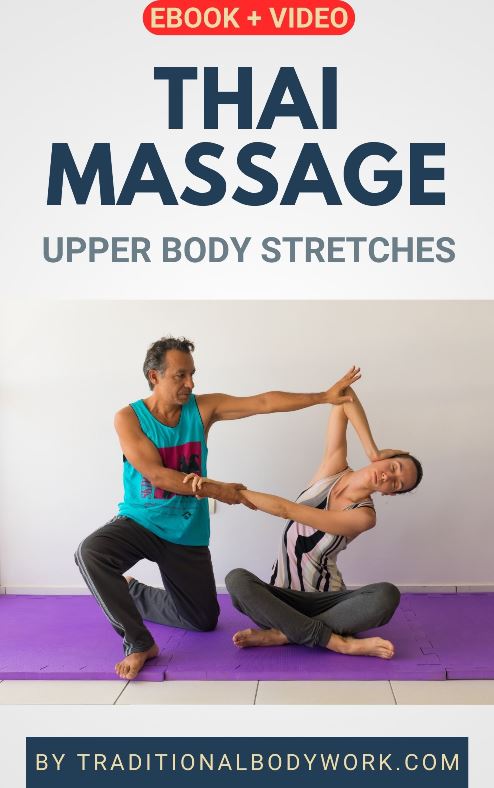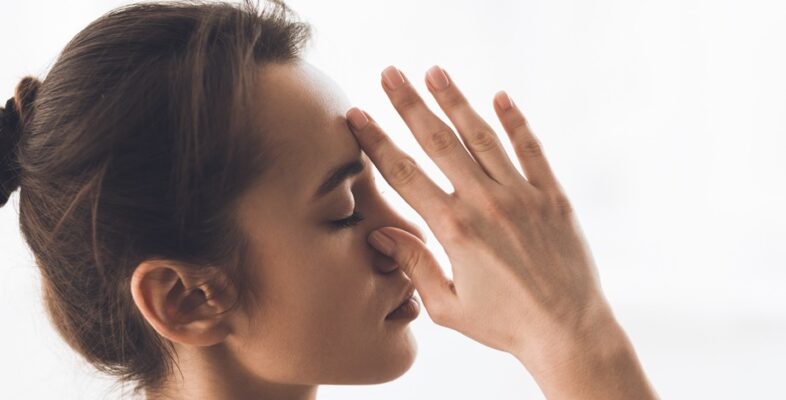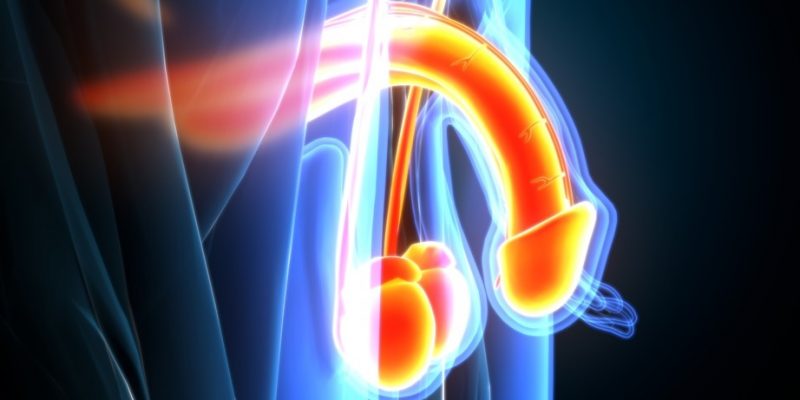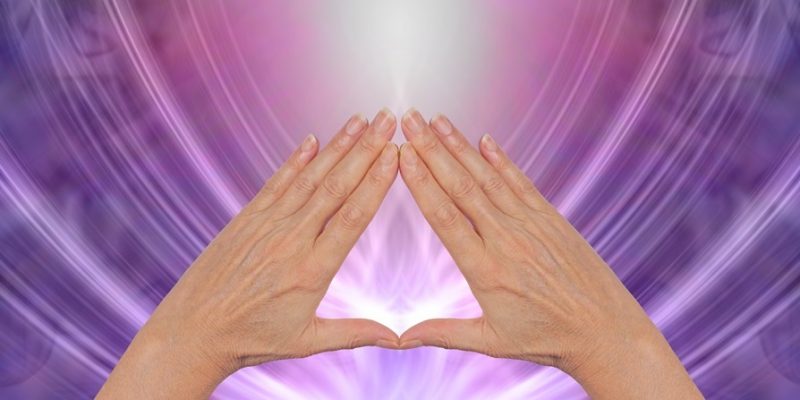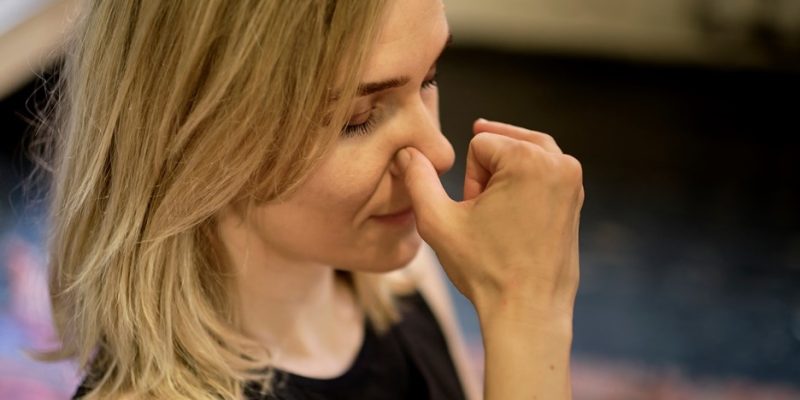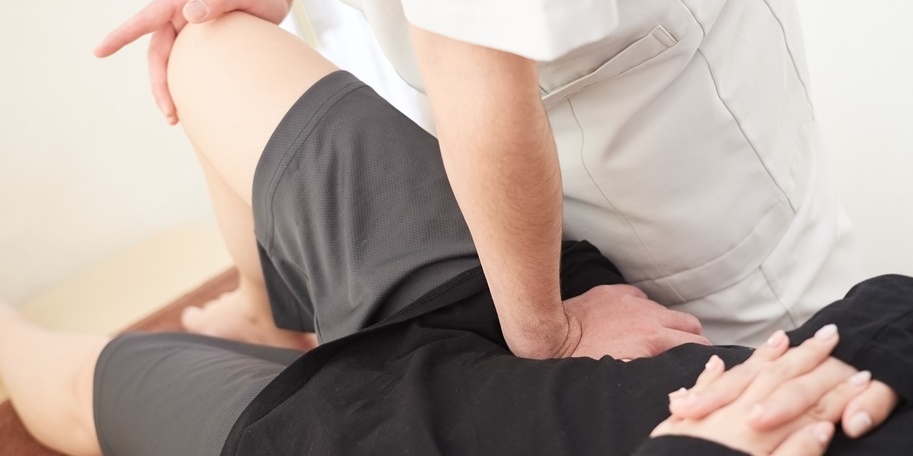
Usually, we wouldn’t typically relate Thai Massage with modern Breathwork. But when we consider Breathwork in a more general sense as “breathing techniques to achieve something,” that is, aimed at deriving certain health benefits, than Breathwork becomes rather significant when giving a Thai Massage session.

On a practical level, it’s actually rather simple. We would encourage the receiver of the massage to consciously breathe in fully and deeply before we’re going to apply pressure (we may guide the receiver to inhale at that particular moment), and then, when we give pressure, to let them fully exhale (here again we may guide the receiver to let them exhale at the right moment). Mind that we commonly would advise the receiver to inhale through the nose and exhale through the mouth.
By the way, using proper breathing techniques also apply when carrying out assisted stretches, that is, the many passive Yogic stretches that gave Thai Massage its synonymous name of Thai Yoga Massage.
In any case, guiding a massage session with proper breathing techniques not only relaxes the receiver, their muscles, and other body tissues, it also promotes releasing toxins. Additionally, it also allows us — the Thai Massage therapist — to go deeper, to penetrate more profoundly, and give more pressure or stretch deeper with less pain or discomfort for the client. It means that we can do a better job.
Consciously and fully breathing out (exhaling) also serves a psychological aim; receivers are encouraged to breathe out their emotional traumas, their anxiety, and their stress. Commonly this is more relevant when working with sensitive and tensed body parts, such as the abdomen, the chest, and the neck and shoulder area. These areas tend to hold a lot of “embodied” stress and trauma on cell-tissue level.
Another thing is that breath is seen as the main “provider” of Life Energy or Vital Life Force, which is called Lom Pran in Traditional Thai Medicine. So, consciously and deeply breathing in during a massage session is seen as a Life Force augmenter, one that subsequently starts to flow more freely through the body as we open up the Sip Sen Energy Lines (the energy channels or energy meridians through which Lom Pran or Prana travels).

Another way of using Breathwork within Thai Massage sessions is to work with it separately, that is, practicing a specific Breathwork modality with the receiver after the session. As the body of the receiver is more relaxed, and moreover — the receiver has become more aware of their (emotional) tensions and blockages in certain body parts, a standalone Breathwork session can “finish the job” as it were, and additionally aid in targeting other health issues.
This, of course, implies that the Thai Massage therapist is also trained in guiding a (specific type of) Breathwork session. By contrast, if the client is already familiar and proficient with a certain Breathwork technique, they may do it themselves after the treatment session.
Mind that correct breathing while giving a Thai Massage is also important for the therapist. Not only can the Thai Massage therapist synchronize their breathing with the receiver to support the receiver’s breathing patterns during the session, conscious breathing can also release stress from practitioners and relax them, which will enhance the feel of the session for the receiver.





